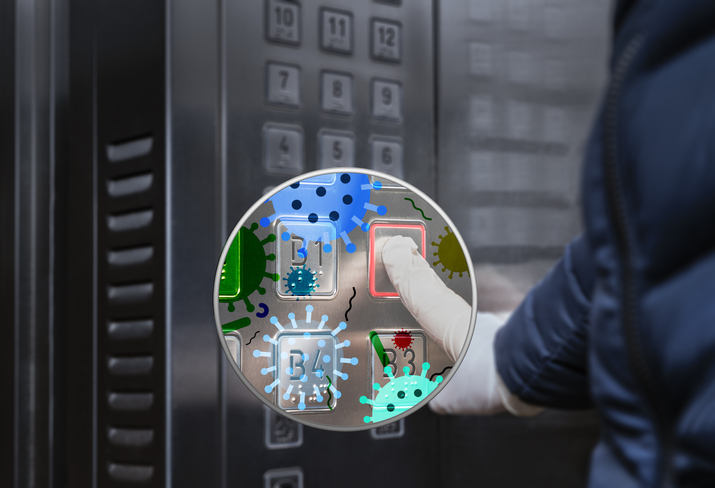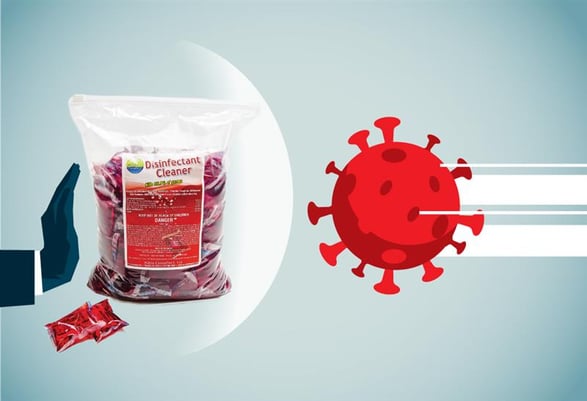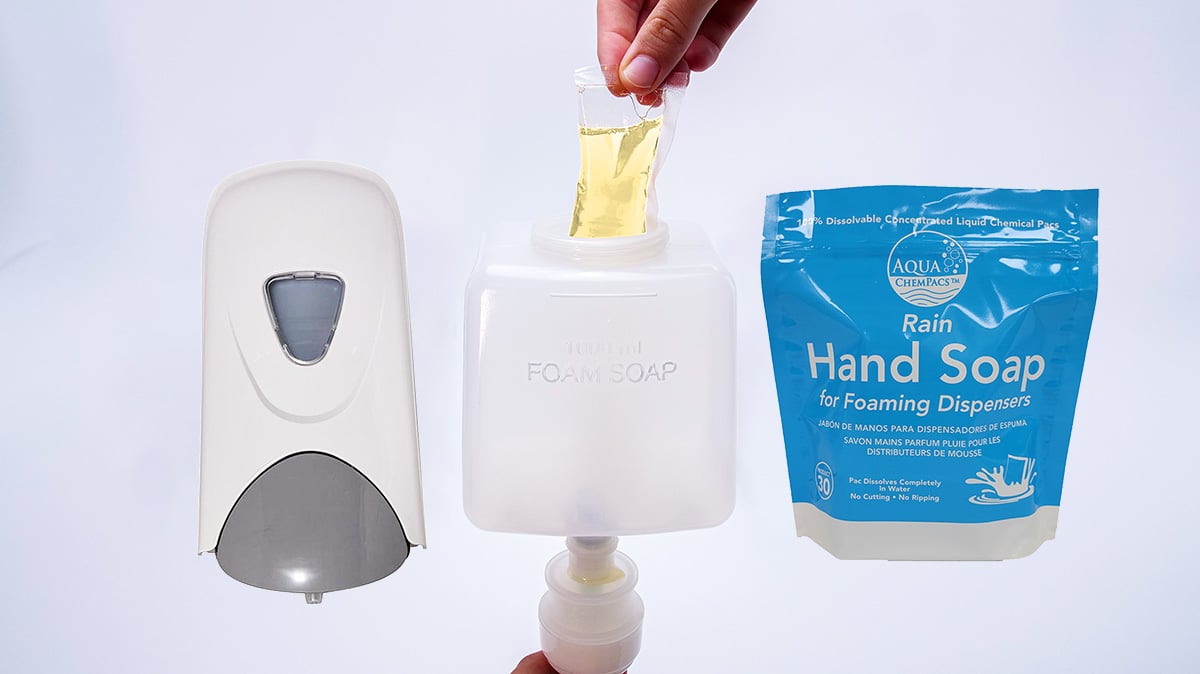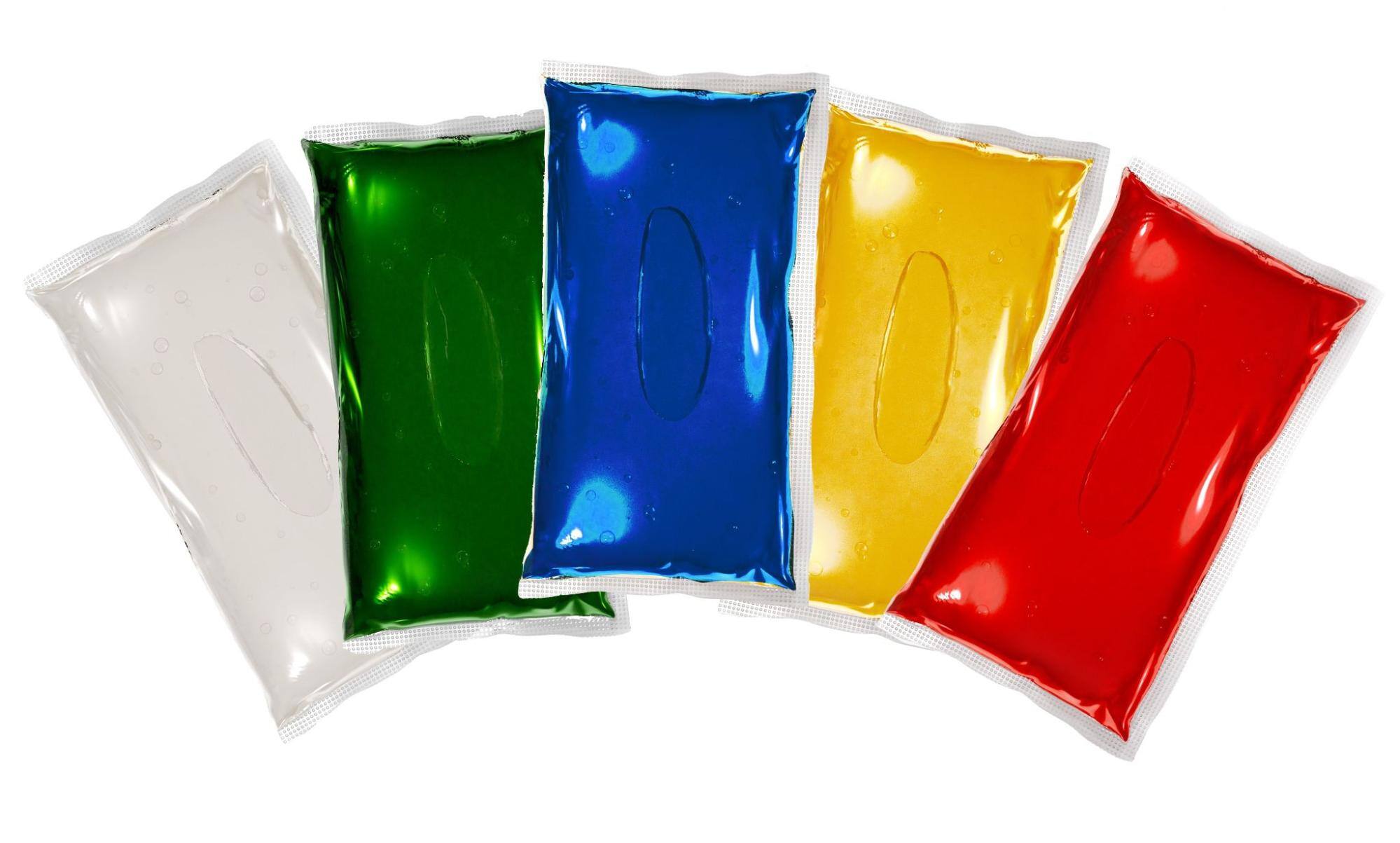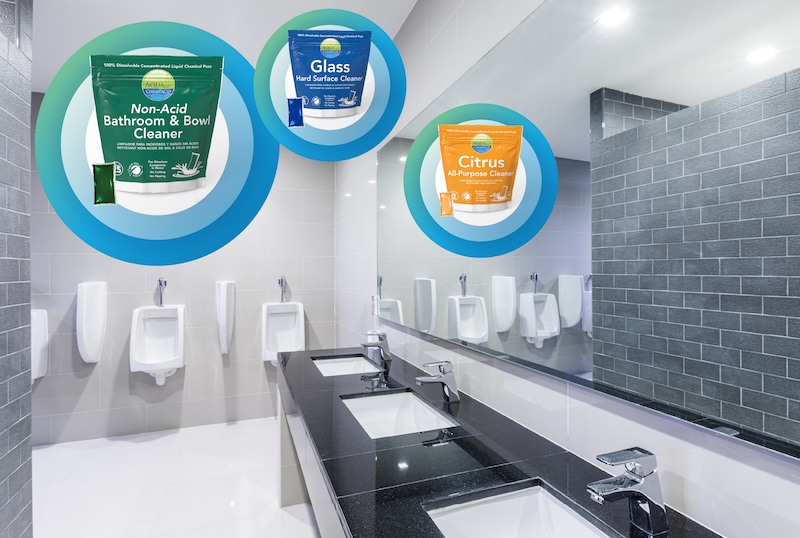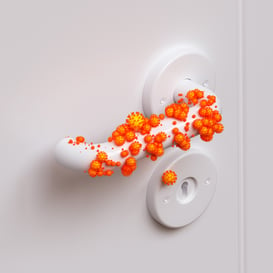 A recent article in ISSA Magazine by Dr. Gavin Macgregor-Skinner sheds light on a question we’ve all probably thought about this year. Exactly how long can viruses and bacteria live on everyday objects? Or better yet, how long can they remain infectious? Click here for the full article in ISSA Magazine.
A recent article in ISSA Magazine by Dr. Gavin Macgregor-Skinner sheds light on a question we’ve all probably thought about this year. Exactly how long can viruses and bacteria live on everyday objects? Or better yet, how long can they remain infectious? Click here for the full article in ISSA Magazine.
Macgregor-Skinner points out that “we are basically an indoor species,” and that, especially during the winter, “we are generally indoors, where the humidity is lower, and we are exposed to higher concentrations of airborne pollutants, including cold and flu viruses.”
Inanimate objects and surfaces that may harbor or be contaminated with these pathogens are called fomites. While most people don’t know this term, they probably should --- because they can serve in the transmission and of disease.
Think cutting boards, sponges, toothbrushes, and other ordinary items --- light switches, toys, computers, even refrigerators and freezers. Fomites can be contaminated by coughing, sneezing, talking, breathing, vomiting, touching, etc. One study showed that a hand contaminated with particular viruses can contaminate up to seven other surfaces.
%20on%20elevator%20buttons%20%7C%20aqua%20chempacs.jpg?width=715&name=viruses%20and%20bacteria%20(fomites)%20on%20elevator%20buttons%20%7C%20aqua%20chempacs.jpg)
An “infectious dose” = exposure to a sufficient amount of a pathogen to establish an infection.
The answer:
It depends. There is no hard and fast rule. Different bacteria and viruses have different survival times. 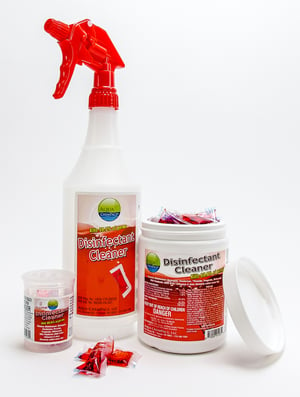
Smallpox, for example, can remain viable for months and even years on a table top --- which is part of the reason why the vaccine, and eventual eradication, was such a breakthrough.
Salmonella can live for one to four hours on hard surfaces.
Staphylococcus aureus (MRSA), for example, can survive for many weeks on surfaces because it thrives without moisture.
A March 2020 study found that human coronavirus can live for up to three days on stainless steel, four hours on copper, and up to 24 hours on cardboard.
One study found that some form of SARS coronavirus RNA was found on 30% of surface swab samples in hospitals, including in patient rooms, on computer mice at nurse stations, and on handrails in the public elevators.
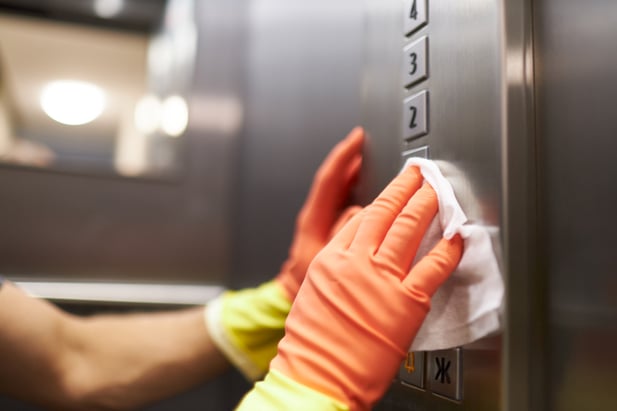
The author goes on to point out that while viruses are one of, if not the most common cause of infectious disease acquired indoors, "fundamental knowledge concerning the role of surfaces and objects in viral disease transmission is lacking, and further investigation is needed."
More research is needed on the implications of fomites and their implications on human health. Specifically:
- How often are our hands getting contaminated with viruses and bacteria --- and is it enough to be an infectious dose?
- How do temperature and humidity affect these survival times?
How to fight back
While more scientific research is conducted, one practical way companies, schools, building service contractors are fighting back is by using dissolvable concentrated disinfectant, in both spray bottles and mop buckets, to clean their facilities.
Remember:
- Use a powerful disinfectant approved by the EPA.
- Always use proper cleaning products at the proper concentration levels.
- Maintain rigorous cleaning policies and procedures.
Click the image above to learn more about our Disinfectant Cleaner, approved by the EPA to kill SARS COV-2, the coronavirus that causes the disease COVID-19.
